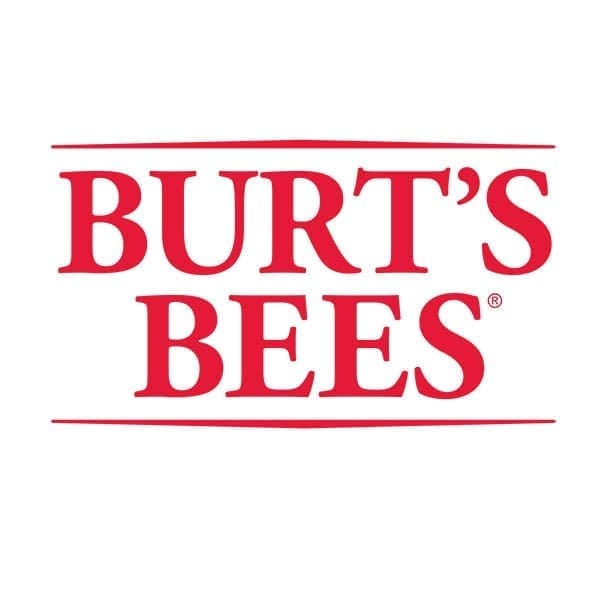Natural skincare brand, Burt’s Bees, announced its 2025 vision to foster a circular economy with commitments to reach net zero plastic to nature, support a climate-focused future, and enhance the livelihoods of more than 50,000 people across its supply chain.
Since its founding, Burt’s Bees has been an environmentally conscious company. According to the company, 95% of Burt’s Bees formulas are of natural origin, with responsible sourcing, recyclable packaging, and no animal testing. The company offers lip balm, skincare products, and makeup.
Burt’s Bees’ 2025 ambitions are outlined in its Impact Report. “Our focus has long been centered on the wellbeing of people and the natural world. The challenges of the pandemic have only heightened the importance of protecting nature as a resource, for the health of people and all life on Earth,” said Paula Alexander, Burt’s Bees senior director of sustainability. “That’s why we’ve chosen to focus on systemic changes across our supply chain while working toward a circular economy — to enable a more connected and stable relationship between people and nature.”
Net Zero Plastic To Nature
Burt’s Bees has committed to several large-scale initiatives to reach net-zero plastic to nature by 2025, focusing first on changes within its own value chain. The company is cutting the use of virgin packaging materials (plastic and fiber) by 33%. By 2030, it plans on upping that reduction to 50%. Burt’s Bees is striving toward 100% recyclable, reusable, or compostable packaging for all products. These initiatives were developed in alignment with the Ellen MacArthur Foundation’s New Plastics Economy Global Commitment, which sets a vision of a circular economy for plastic.
Product innovation will advance this effort, so Burt’s Bees is launching its first waste-free product in partnership with Loop. Launched March 2021, the new Truly Glowing Gel Cleanser will come in a reusable glass bottle with waste-free delivery and return. This joins the Rescue Lip Balm packaged in a hybrid tube featuring bioresin from upcycled potatoes and post-consumer recycled content.
To improve recycling rates outside of its value chain, Burt’s Bees is joining forces with The Recycling Partnership to fund infrastructure improvements in US municipal recycling systems. Additionally, Burt’s Bees will invest in plastic waste collection and recycling credits that will lead to recovery and recycling of at least as much plastic as its own plastic footprint. Measurement and accounting methodology will align with the recently launched Plastic Waste Reduction Standard, which enables robust accounting, verification, and reporting on the impact of projects that increase plastic waste collection and/or recycling.
A Climate Focused Future
In January 2021 Burt’s Bees transitioned to 100% renewable electricity, in large part because of a 12-year, 70-MW virtual power purchase agreement between its parent company, Clorox, and Enel Green Power, helping to put solar on the grid in Texas. Clorox will also continue to be carbon neutral-certified, building on an eight-year commitment to offset carbon emissions, including emissions from its facilities, transportation of raw materials and finished products, and employee travel.
Supply Chain And Communities
Burt’s Bees will accelerate efforts to improve sourcing practices and uplift communities who produce its most valued ingredients — such as beeswax and shea butter. It has already impacted over 20,000 livelihoods through a combination of responsible sourcing assessments, third party audits, and their global supply chain investment program. By 2025, Burt’s Bees will more than double its efforts, impacting 50,000 livelihoods through 20 projects that help safeguard access to clean water; support women and children empowerment; and promote health, safety, and biodiversity. According to Burt’s Bees, responsible sourcing assessments and third-party audits help to ensure the wellbeing of workers, including upholding human rights, along with health, safety, and labor standards and practices, as well as business ethics and environmental protection.
To date, Burt’s Bees has visited 115 sites in 25 countries to trace and monitor raw materials — including almost all wax (96%) and butter (97%) sources and nearly half of all of directly purchased wax, butter, and oil sources combined globally. “As a founding member of Global Shea Alliance, our investments have supported women in shea through new facilities, training programs, and cooperative registration in West African Shea communities,” said Shannon Hess, associate director of responsible sourcing. “Burt’s Bees sources most of its mica domestically and has helped establish the Responsible Mica Initiaitve and worked with partners to develop the Sustainable Mica Policy and Framework Vision to improve supply chain practices in India.”
“We envision a world where people are doing well by nature and for nature, without compromise. This is the legacy of our founders who prized nature for its restorative benefits, and to this day, help preserve wilderness for future generations,” said Alexander.
















